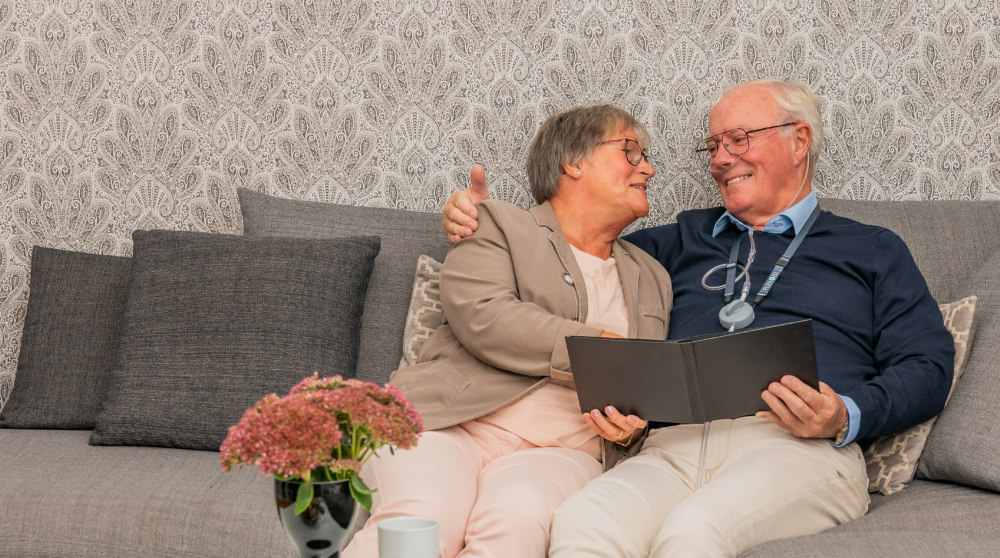
Peer-Reviewed Clinical Study Confirms FlexO2 Improves Daily Life for LTOT Patients
A clinical study conducted at the Department of Pulmonary Medicine at Karolinska University Hospital in Stockholm followed 26 patients with long-term oxygen therapy (LTOT) over three months. The results clearly show that FlexO2 significantly improves patients’ ability to manage their oxygen therapy, with positive effects on activity, autonomy, and quality of life.
Results at a Glance
After three months of using FlexO2, patients on long-term oxygen therapy reported life-changing improvements. They found it easier to manage their oxygen flow, became more physically active at home, and experienced a better overall quality of life — all without increasing risk.
Ease of oxygen adjustment soared by 557%, with scores rising from 14 to 92 on a 100-point scale (p<0.001).
Physical activity at home improved by 627% (VAS 11 → 80).
Tasks like getting out of bed, doing chores, or walking indoors became easier and more manageable.
Self-reported quality of life increased by 221% (VAS 19 → 61).
Patients felt more independent, more in control — and less anxious about managing their oxygen.
Daily adjustments doubled from 8 to 15 times per day.
Patients could fine-tune their oxygen more frequently, better matching their needs during movement or rest.
COPD symptom scores (CAT) improved in 58% of participants.
Most patients experienced less breathlessness, better sleep, and more energy.
Device satisfaction was high, with 83% finding FlexO2 easy to carry and use.
What the Study Proves about FlexO2
Traditional oxygen therapy can be limiting — both physically and emotionally. Many patients on long-term oxygen therapy (LTOT) struggle to adjust their oxygen flow when they need it most, such as when standing up, walking, or doing chores. This often results in under-oxygenation during activity or over-oxygenation at rest — both of which come with risks.
The peer-reviewed study from Karolinska University Hospital shows that FlexO2 directly solves this challenge.
- Empowers patients to adjust oxygen flow instantly and safely
FlexO2 allows patients to switch between rest and activity flow rates on their own — without reaching the concentrator or relying on caregivers. Ease-of-adjustment scores increased from 14 to 92, a 557% improvement (p<0.001). - Supports greater independence and physical activity
Patients became significantly more active at home — with ability scores rising from 11 to 80. More than 90% could now adjust their oxygen while getting up, dressing, walking indoors, or doing household tasks.
- Reduces reliance on caregivers
Frequent adjustments used to require help. With FlexO2, patients doubled their daily self-adjustments, reducing the need for outside assistance and promoting autonomy. - Improves treatment adherence and safety
By making it easier to follow prescribed oxygen levels, FlexO2 may help reduce complications like breathlessness, overexertion, or missed dose changes. The proportion of patients who found it easy to follow dosing instructions increased from 54% to 85% (p=0.043).